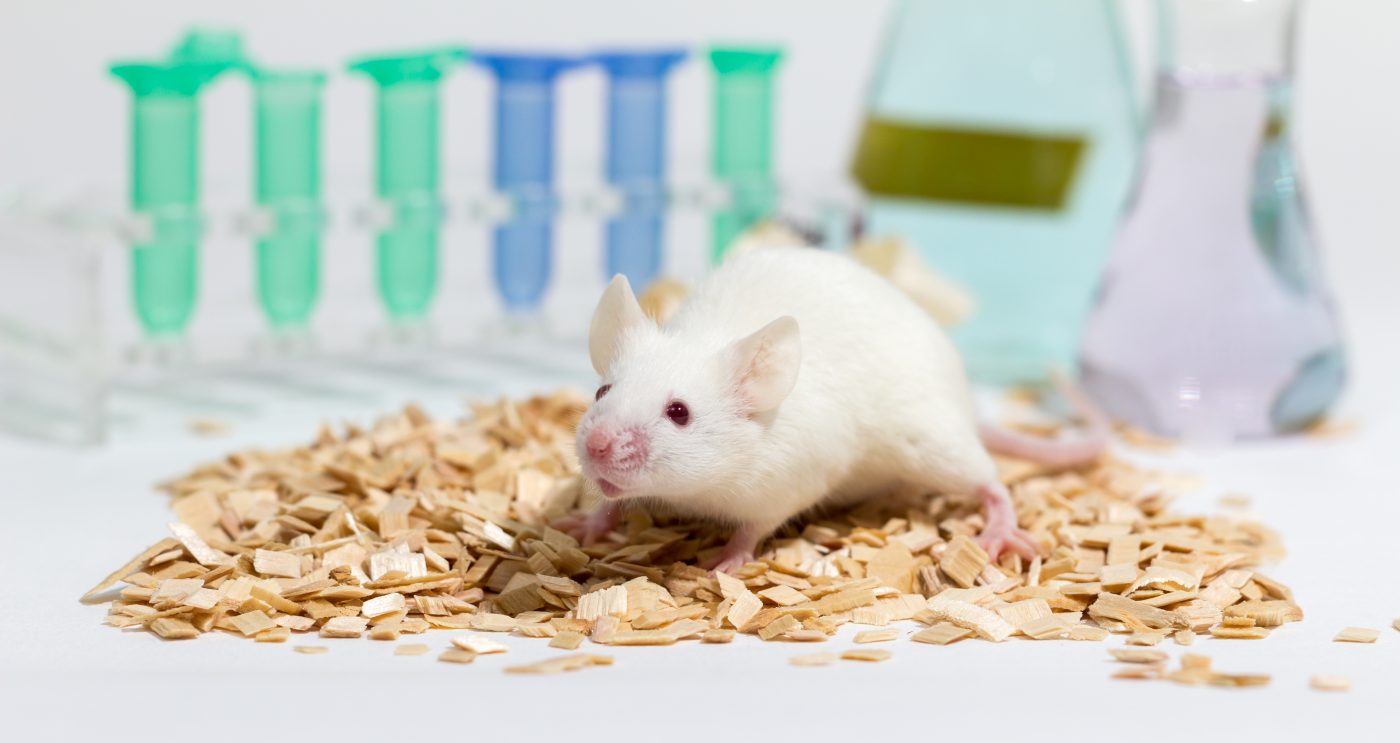GluN2A Protein Subunit in Nerve Cells May Be Treatment Target in SLE, Mouse Study Suggests
Written by |

A specific protein subunit — called GluN2A — found in a critical nerve cell receptor is the target of autoantibodies that cause neuron loss and cognitive difficulties in a mouse model of systemic lupus erythematosus (SLE), a study shows.
Blocking GluN2A protected from cell death, suggesting that this may be a suitable treatment approach for SLE patients with nervous system impairment.
The study, “Lupus autoantibodies act as positive allosteric modulators at GluN2A-containing NMDA receptors and impair spatial memory,” was published in the journal Nature Communications.
SLE is characterized by the presence of antibodies that attack the body’s own tissues; these are called autoantibodies. Cognitive problems in those with SLE, such as like spatial memory deficits, have been linked to autoantibodies directed against both DNA and a nerve cell receptor known as NMDAR.
This receptor regulates the passage of ions such as calcium (Ca2+), playing a critical role in how nerve cell communication adapts to enable learning and memory.
NMDAR is composed of four subunits, two called GluN1 and typically two GluN2, which can be built from four different subtypes (A–D) that lead to distinct physiological and pharmacological properties.
In SLE, autoantibodies bind to a specific sequence of amino acids in either GluN2A or GluN2B. This sequence, which includes a set amino acids sequence known as DWEYS, is found outside the cell membrane and has a critical role in modulating NMDAR activity.
However, which of the different GluN2 subtype combinations most contributes to neurological problems remains unclear. Uncovering these details could help guile the use of existing pharmacologic blockers of NMDAR as SLE treatments to improve cognitive abilities.
To find out, scientists from Stony Brook University, the Feinstein Institute for Medical Research and their collaborators designed a study to identify which specific subunit is susceptible to the autoantibodies.
In cells engineered to produce different combinations of NMDAR subunits, receptors containing GluN2A showed greater sensitivity to an autoantibody derived from a SLE patient — and added at levels found in the cerebrospinal fluid — than those containing GluN2B, as measured by the electrical current caused by the flow of ions. Even a single GluN2A subunit in the receptor made it sensitive to the autoantibody.
Further investigation found that the autoantibody bound specifically to the DWEYS motif in GluN2A subunit increased the receptor’s activity.
Treating cells with two compounds that selectively blocked GluN2A protected them against cell death triggered by the autoantibody.
Using a mouse model of neuropsychiatric SLE engineered to lack either GluN2A or GluN2B and then immunized to generate antibodies against NMDAR, the team found that mice without GluN2B displayed significant loss of nerve cells in the hippocampus — a critical brain area in memory. In contrast, mice lacking GluN2A showed no such loss of neurons.
Finally, a spatial memory test showed that mice with the GluN2A subunit alone performed significantly worse compared to healthy controls, suggesting that the cognitive deficits associated with SLE autoantibodies are linked to GluN2A but not GluN2B.
“Our experiments demonstrate that the GluN2A NMDAR subunit is required for various neuropathologies associated with lupus autoantibodies,” the scientists wrote.
“We were able to identify the specific receptors and interactions that lead to cognitive decline in patients living with lupus,” Betty Diamond, MD, study co-author and director of the Institutes of Molecular Medicine at Feinstein, said in a press release. “This opens up new avenues of therapeutics to target the body’s immune system response and shut down harmful behavior.”
Kevin J. Tracey, MD, president and CEO of the Feinstein Institutes added: “These new findings are an important step in the pursuit of developing new experimental therapies for lupus.”




